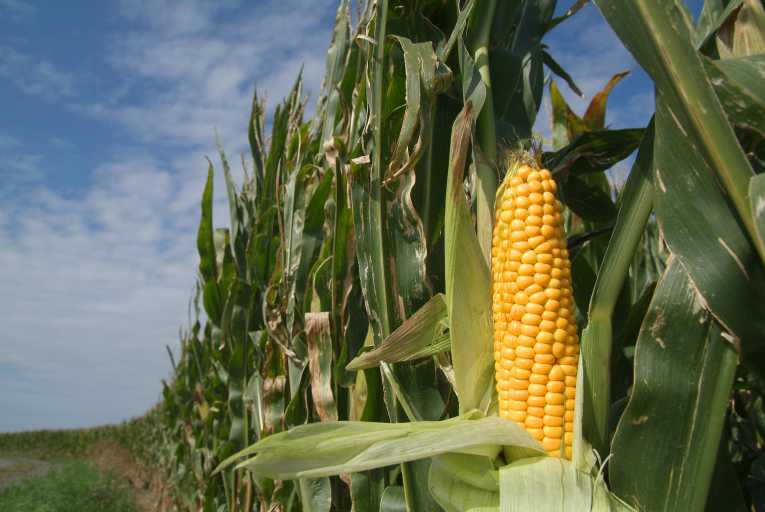Although carbon dioxide (CO2) is widely held to be the major contributor to global warming, scientists believe that the contribution of nitrous oxide (N2O) is about 300 times more than CO2. Nitrous oxide, they say, is the third most prevalent gas in the atmosphere, and 58 per cent of the world's N2O is a by-product of the US agricultural industry.
New products and practices have been introduced, but up until now a combination of lack of time and potential harm to profit margins have made farmers reluctant to put these into operation.
This might be set to change because researchers at the University of Missouri Greenley Research Centre have found methods to help farmers increase maize production and reduce these emissions at the same time.
Kelly Nelson, associate professor in the Missouri University Division of Plant Sciences monitored fields of poorly drained claypan soil that were planted with maize after soybean. One field was ''strip tilled'' with nitrogen fertiliser placed in a band in the soil, while a second was left untilled with a surface application of nitrogen fertiliser.
The study was entitled 'Use of Strip Tillage to Increase Corn Production and Reduce Soil Nitrous Oxide Emissions.' The researchers found that strip tillage and banded fertiliser significantly reduced the amount of greenhouse gases emitted per bushel of grain production when compared to the untilled field with simple surface treatment.Rather than tilling the whole field, with strip tillage the field is tilled in strips up to a foot wide and eight or nine inches deep. The maize is planted in these strips and fertiliser is added at the same time. This process enables farmers to use less energy, reduce soil erosion and conserve soil moisture in a large area of the field. Nitrogen also stays deep in the soil where it is less susceptible to environmental loss.
Professor Nelson was delighted by the results. ''This tells us that more efficient fertiliser use is needed to maintain productivity and profitability,'' she said. ''We saw grain yields increase and this is important when it comes to nitrous oxide emissions and the amount of food produced.''
Her colleague Peter Motavalli, associate professor at the Missouri University Department of Soil, Environmental and Atmospheric Sciences directed the research focused on measurement of soil nitrous oxide emissions. This, he said, was another piece of information to help farmers to select management options that would increase production and profit while reducing environmental impacts with use of nitrogen fertiliser.
This three year study was carried out during above average rainfall growing seasons from 2008 to 2010. ''The main goal of our team,'' said Professor Motavalli, ''has been to identify agricultural practices that maintain or increase production while reducing the environmental impact.''
Pointing out that previously there had been little data on greenhouse emissions in Missouri Professor Motavalli said that the hope was to be able to provide information for growers on how different agricultural practices influenced the amount of nitrogen that was being lost as nitrous oxide, thus enabling them to make informed choices depending on their farm operation and environmental conditions.










